Menu
Rope access is a method of working at height that uses ropes and associated equipment to gain access to and from work areas, and to be supported there. It is a versatile and safe method of working at height, and can be used in a wide range of industries, including construction, maintenance, and inspection.
Rope access technicians must be highly skilled and trained to work safely at height. They must have a thorough understanding of ropework, rigging, anchoring, rescue, and health and safety. Rope access training courses typically last for several days and cover a wide range of topics.
If you are interested in a career in rope access, or if you need to work at height in your current job, then I encourage you to consider completing a IRATA rope access training course. It is a valuable skill that can open up many opportunities for you.
IRATA Level 1 is the entry-level qualification for rope access technicians. It is designed for individuals with little or no previous experience in rope access. The course covers the following topics:
Upon successful completion of the course, candidates will be awarded the IRATA Level 1 certificate. This certificate allows them to work at height under the supervision of an IRATA Level 3 technician.
The IRATA Level 1 course is typically 5 days long. The first 4 days are spent in the classroom learning the theoretical aspects of rope access. The fifth day is spent on practical exercises.
To be eligible to take the IRATA Level 1 course, candidates must be at least 18 years old and have a good level of fitness. They must also be able to understand and speak English.
The IRATA Level 1 course is a valuable qualification for anyone who needs to work at height. It provides the skills and knowledge necessary to work safely and effectively in a variety of environments.
Here are some of the benefits of completing IRATA Level 1 training:
If you are interested in learning more about IRATA Level 1 training, I encourage you to contact an IRATA-approved training provider.
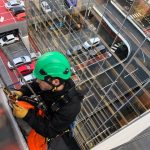
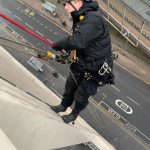




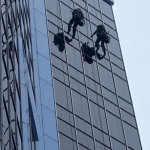
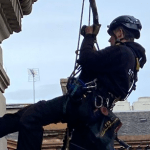
IRATA Level 2 is the intermediate-level qualification for rope access technicians. It is designed for individuals who have already completed IRATA Level 1 training and have some experience working at height. The course covers the following topics:
Upon successful completion of the course, candidates will be awarded the IRATA Level 2 certificate. This certificate allows them to work at height independently, but under the supervision of an IRATA Level 3 technician.
The IRATA Level 2 course is typically 5 days long. The first 4 days are spent in the classroom learning the theoretical aspects of rope access. The fifth day is spent on practical exercises.
To be eligible to take the IRATA Level 2 course, candidates must have completed IRATA Level 1 training and have at least 1,000 hours of work on ropes. They must also be able to understand and speak English.
The IRATA Level 2 course is a valuable qualification for anyone who wants to advance their career in rope access. It provides the skills and knowledge necessary to work safely and effectively in a variety of challenging environments.
Here are some of the benefits of completing IRATA Level 2 training:
If you are interested in learning more about IRATA Level 2 training, I encourage you to contact an IRATA-approved training provider.
Here are some of the differences between IRATA Level 1 and IRATA Level 2 training:
If you are interested in a career in rope access, I recommend that you start by completing IRATA Level 1 training. Once you have completed IRATA Level 1 training, you can then consider completing IRATA Level 2 training to advance your career.



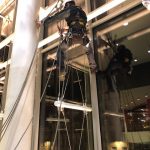


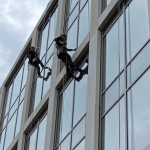


IRATA Level 3 is the highest-level qualification for rope access technicians. It is designed for individuals who have extensive experience in rope access and who want to take on leadership roles. The course covers the following topics:
Upon successful completion of the course, candidates will be awarded the IRATA Level 3 certificate. This certificate allows them to work at height independently and to supervise other rope access technicians.
The IRATA Level 3 course is typically 6 days long. The first 5 days are spent in the classroom learning the theoretical aspects of rope access. The sixth day is spent on practical exercises.
To be eligible to take the IRATA Level 3 course, candidates must have completed IRATA Level 2 training and have at least 2,000 hours of work on ropes. They must also be able to understand and speak English.
The IRATA Level 3 course is a valuable qualification for anyone who wants to reach the top of their career in rope access. It provides the skills and knowledge necessary to lead and manage rope access projects safely and effectively.
Here are some of the benefits of completing IRATA Level 3 training:
If you are interested in learning more about IRATA Level 3 training, I encourage you to contact an IRATA-approved training provider.
Here are some of the differences between IRATA Level 2 and IRATA Level 3 training:
If you are interested in a career in rope access, I recommend that you start by completing IRATA Level 1 training. Once you have completed IRATA Level 1 training, you can then consider completing IRATA Level 2 training. If you have extensive experience in rope access and want to take on leadership roles, then you should consider completing IRATA Level 3 training.
IRATA Training Member Companies – Central Scotland